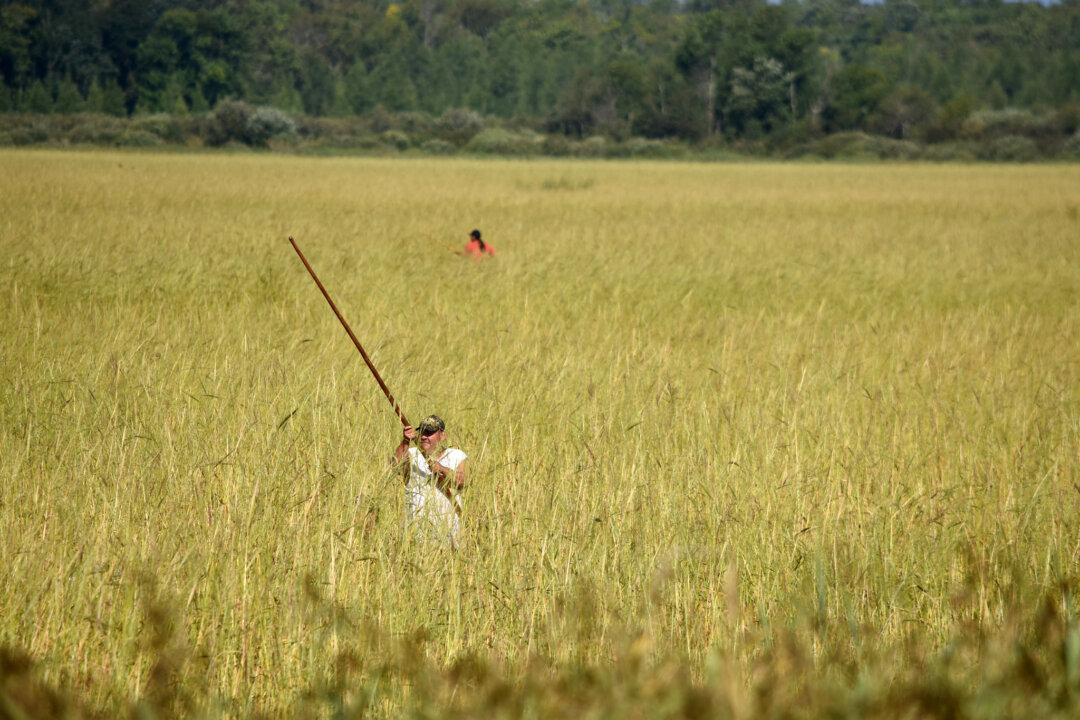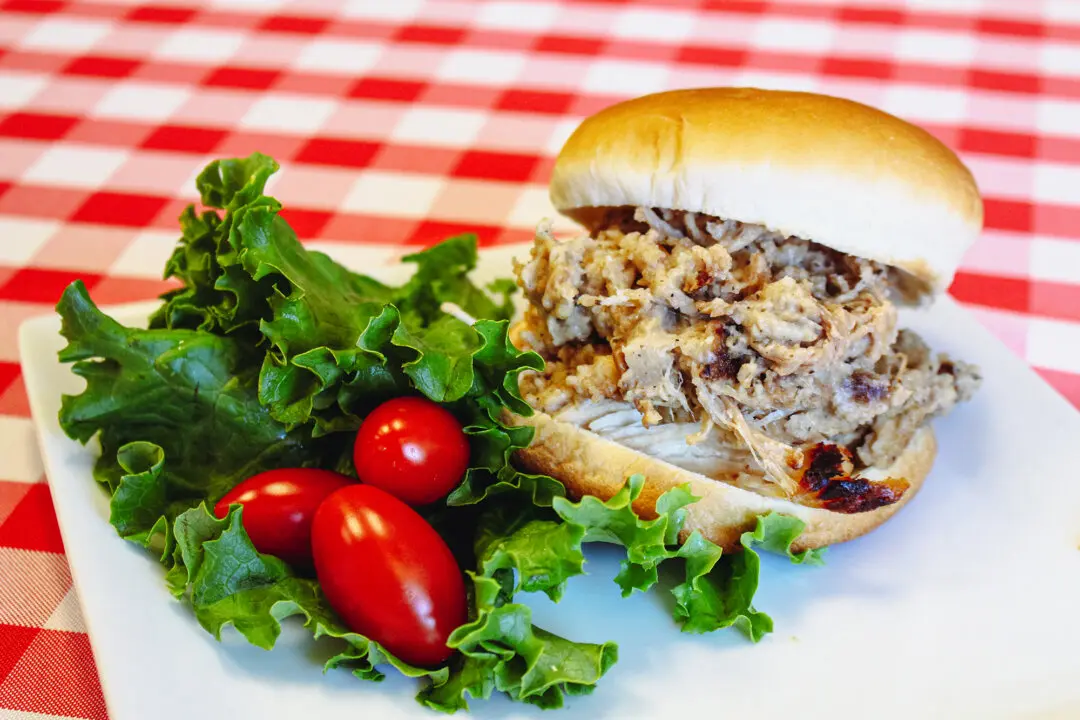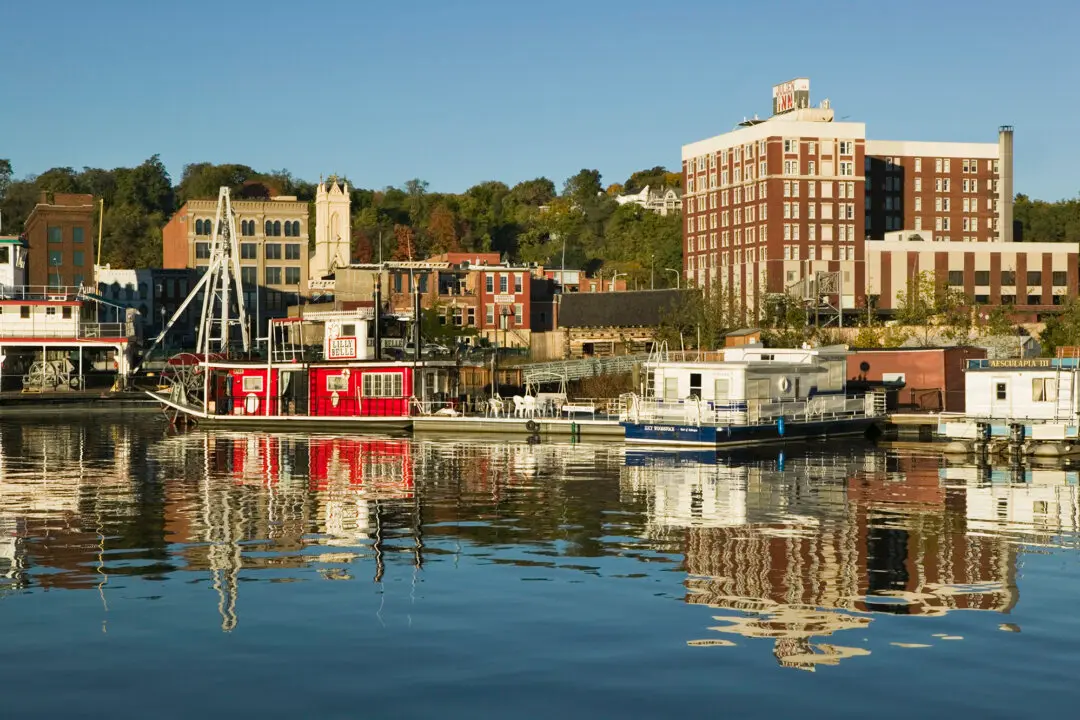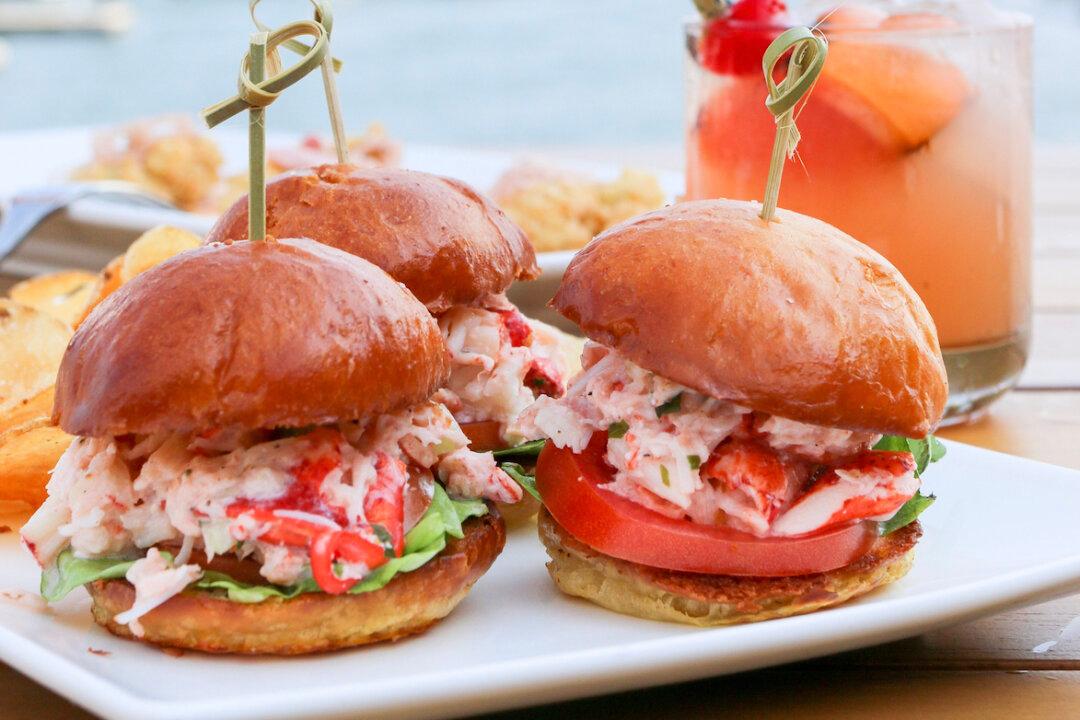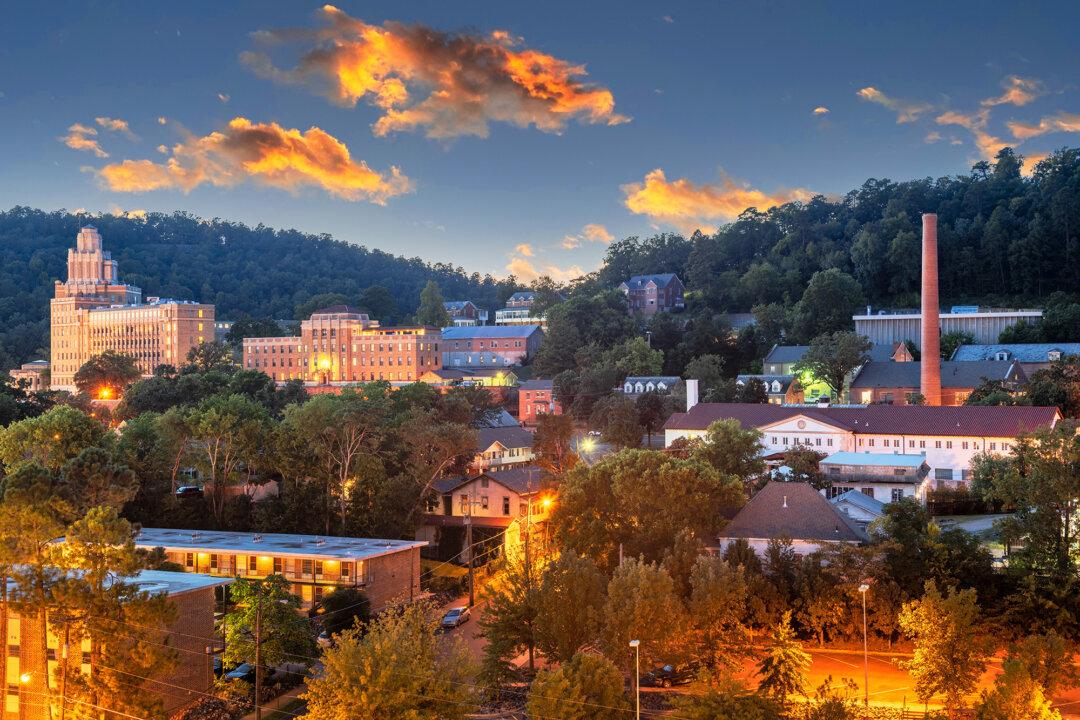You may see it in your specialty stores or on signs along the roadside throughout Minnesota and Wisconsin: wild rice. But while the long, dark-colored grains resemble rice, they technically aren’t. These hard seeds come from a type of aquatic grass of the genus Zizania, and three of its four species naturally occur in North America, growing in freshwater along lakes and rivers.
What’s the difference? True rice does well in saturated soils, but does not need to grow submerged in water. Flooding is a practice done by rice farmers partly for the benefit of keeping the plant well watered in warm climates, but also to deter weeds and other pests.

